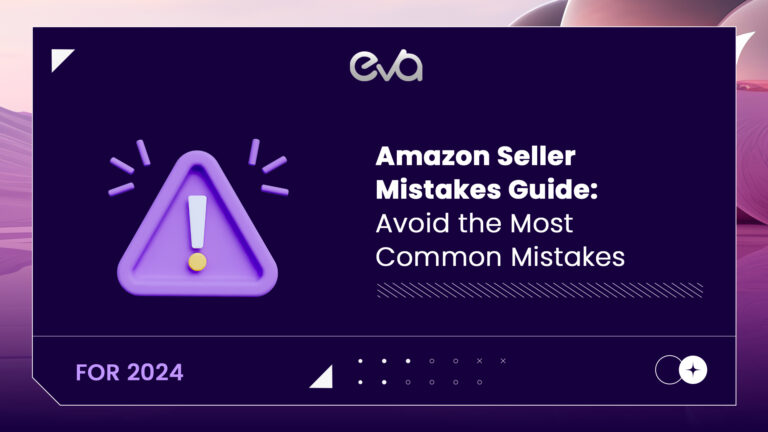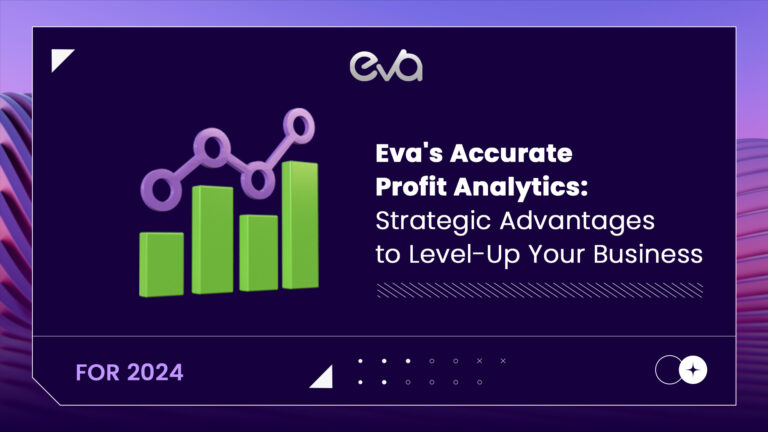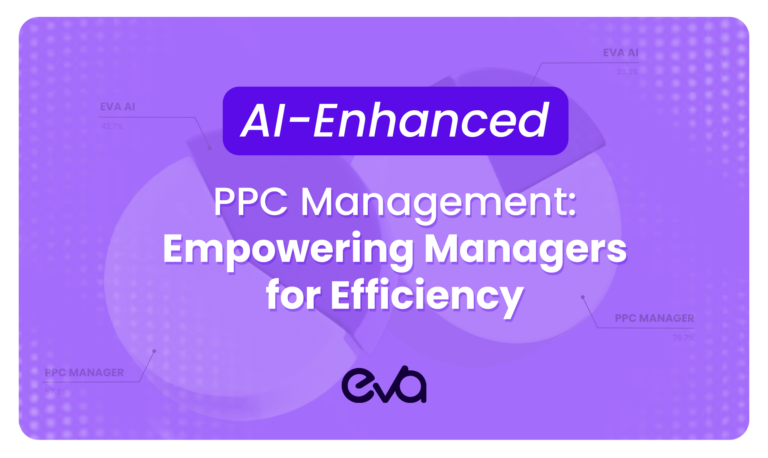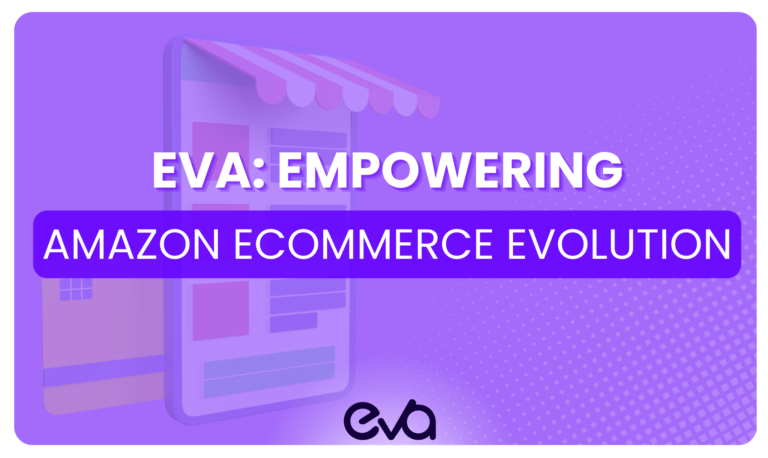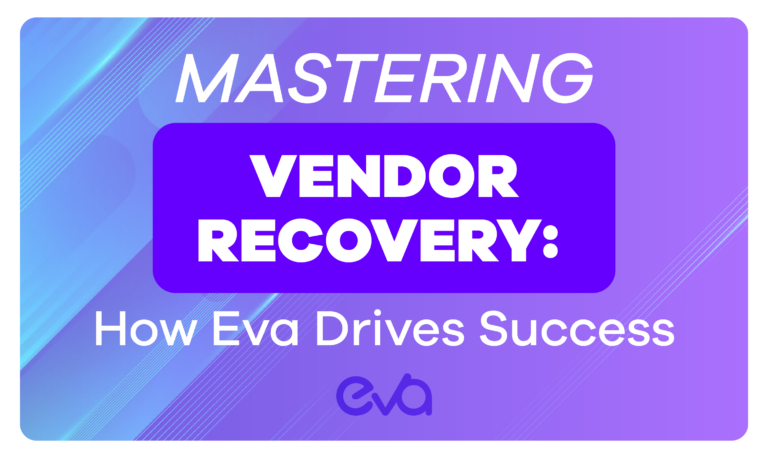With millions of sellers attempting to attract customers and make sales, the Amazon marketplace is a hotbed of intense competition. In such a scenario, merely having a presence on Amazon isn’t enough. Success on this platform requires an advertising strategy that’s not just effective but also meticulously optimized to deliver maximum return on investment (ROI).
Optimizing an Amazon advertising strategy might seem daunting, but it needn’t be so. With a clear understanding of the platform, insightful knowledge of your target audience, a keen eye on your key performance metrics, and strategic use of Amazon’s powerful advertising tools, you can fine-tune your advertising campaigns to ensure they attract, engage, and convert effectively. It’s about working smart, understanding the nuances of Amazon’s advertising ecosystem, and making it work in your favor.
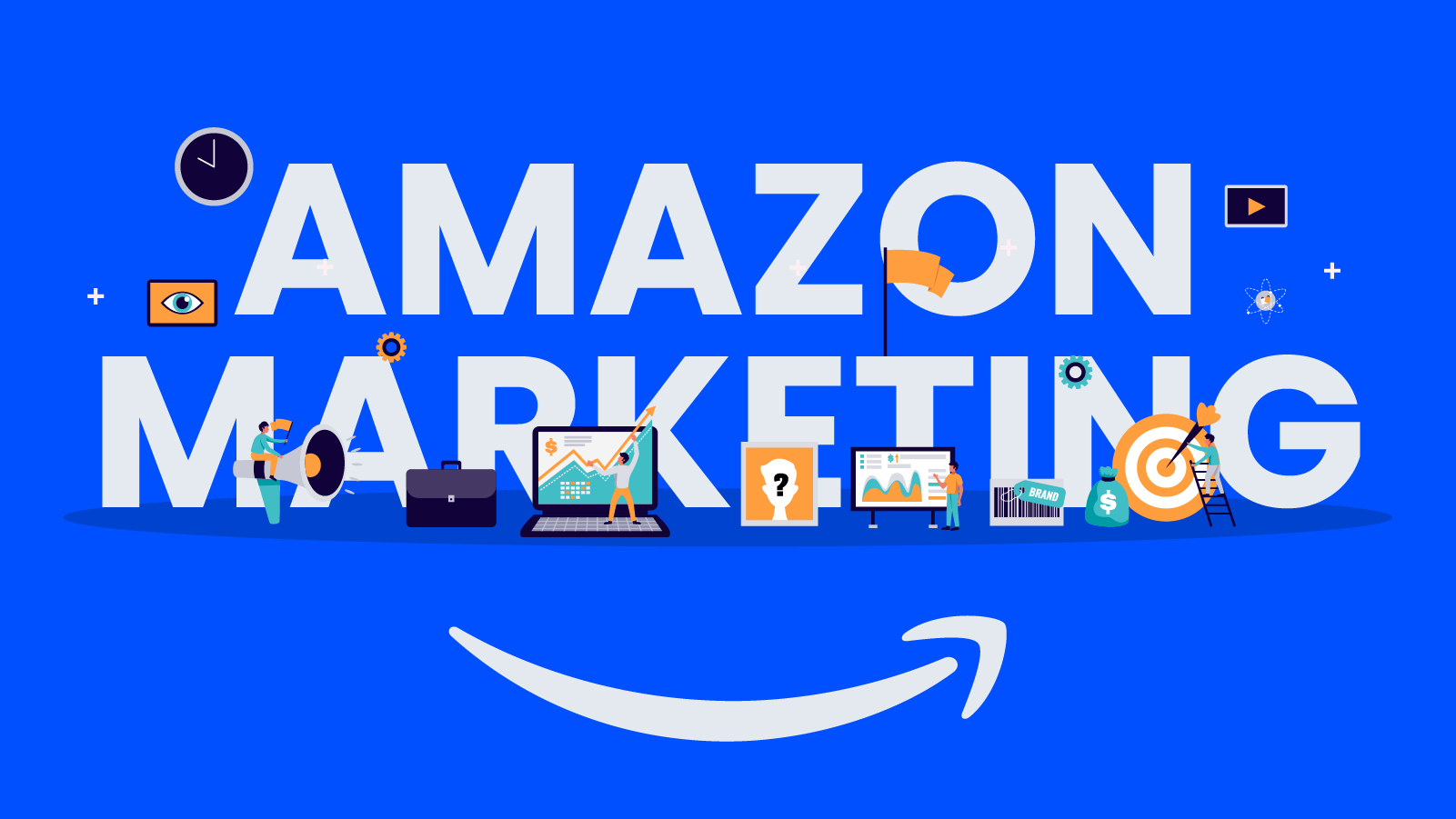
With the following tips below, we will delve into the specifics of optimizing an Amazon advertising strategy, providing practical, implementable tips backed by research, data, and real-world examples. So, whether you’re just starting with Amazon advertising or you’re looking to scale up your existing campaigns, these tips will equip you with the knowledge and strategies you need to make your advertising efforts more profitable.
Table of Contents
- 1. Understand Your Customer’s Journey
- 2. Employ a Comprehensive Keyword Strategy
- 3. Leverage Amazon DSP Advertising
- 4. Manage Your Advertising Cost of Sale (ACoS)
- 5. Explore Different Ad Formats
- 6. Use Negative Keywords
- 7. Optimize Product Listings
- 8. Regularly Review and Adjust Your Bids
- 9. Utilize Advanced Solutions
- Conclusion
1. Understand Your Customer’s Journey
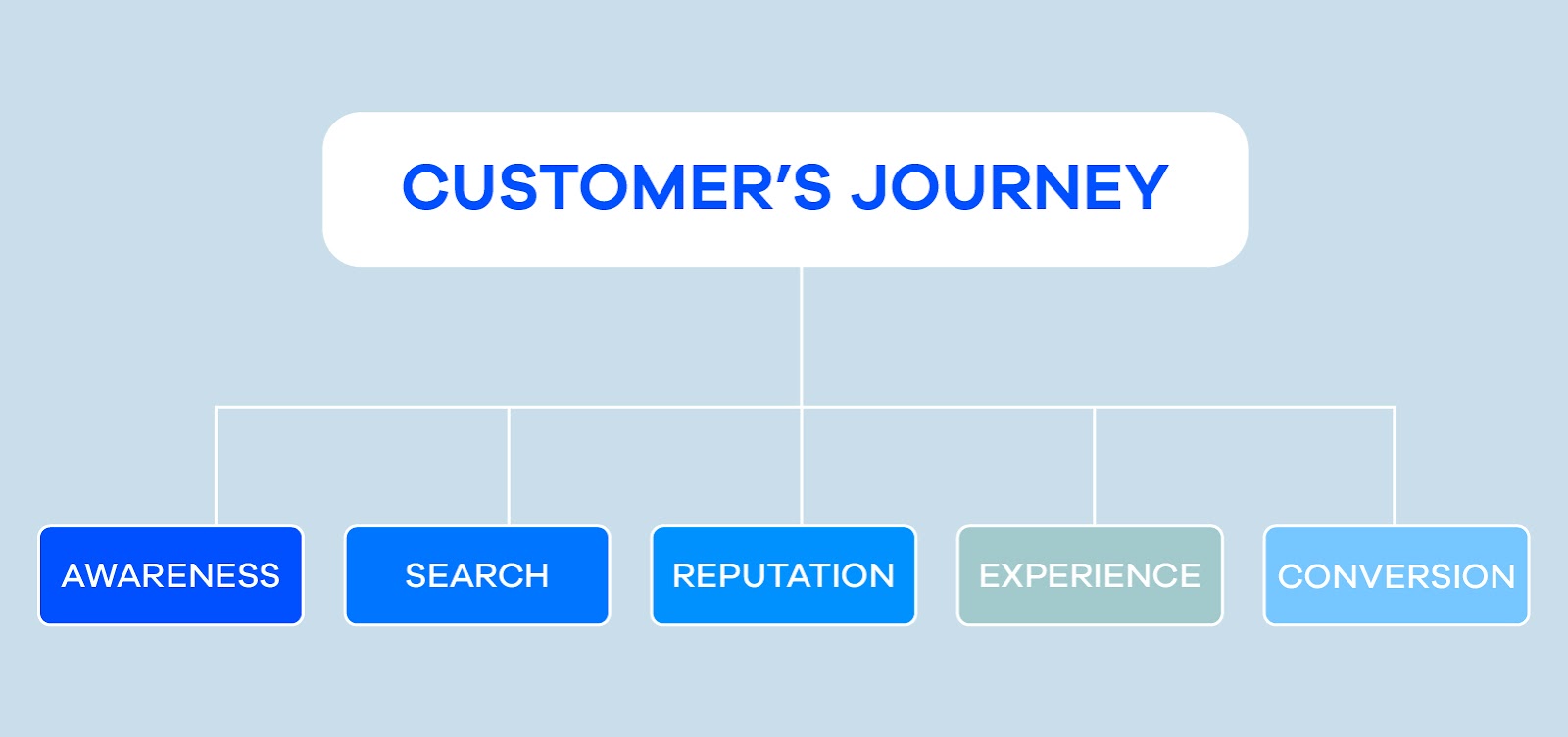
Every effective Amazon PPC strategy commences with a thorough understanding of the customer’s journey. It is essential to grasp the factors that motivate your customers to make a purchase and the methods they employ to search for products.
A 2018 Nielsen report discloses that 56% of Amazon consumers browse the site prior to a purchase. This statistic underscores the importance of understanding your customers’ behavior, leading to a significant boost in your Amazon advertising strategy.
Additionally, knowing your customers’ behavior can help you better position your products and ads, thus enhancing your visibility and chances of making a sale.
Consider the case of a company selling organic skincare products on Amazon. They discovered that their customers typically spend days researching before making a purchase. With this insight, they started creating informative content like blog posts and videos about their products, addressing common skincare concerns and highlighting their products’ benefits.
They then promoted this content via Sponsored Brands ads. This way, when customers were in the research phase, they could find valuable, persuasive content from this brand, thus influencing their final purchase decision.
2. Employ a Comprehensive Keyword Strategy
Investing time and effort in developing a comprehensive keyword strategy can reap significant dividends. The importance of the average keyword difficulty and search volume cannot be overstressed in choosing keywords.
By using keyword research tools, you can unearth high-volume, low-competition keywords that are in line with your products. Incorporating these keywords into your listings and ads can enhance their visibility and improve your Amazon PPC optimization strategy.
Moreover, a keyword strategy is not a one-time task but needs regular tweaking and updating as trends and customer preferences change.
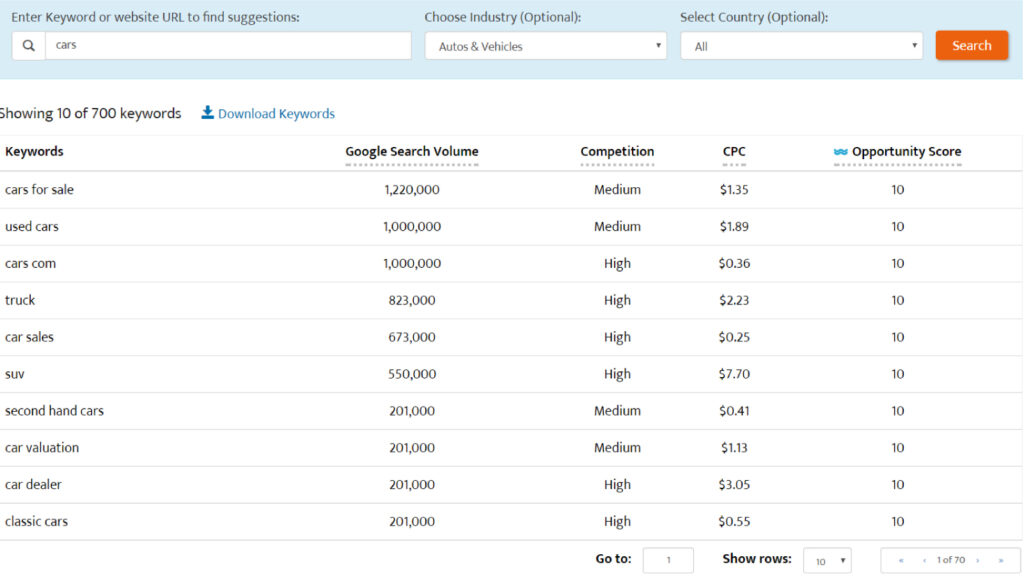
A business selling running shoes found that their PPC campaigns were not giving them the desired results. Upon investigating, they realized that their keyword strategy was too broad, leading to low relevance and high competition.
They then used a keyword research tool to uncover long-tail keywords related to running shoes, like “men’s waterproof running shoes” and “women’s lightweight running shoes”. By targeting these more specific keywords, they achieved better ad rankings, saw a surge in relevant traffic, and increased conversions significantly.
3. Leverage Amazon DSP Advertising

Amazon’s Demand Side Platform (DSP) is an invaluable tool that enables advertisers to buy display and video ads programmatically. With Amazon DSP, you can reach potential customers not only on Amazon sites and apps but also on third-party websites.
Amazon DSP gives you the power to target potential customers based on their shopping behavior, device usage, and much more. This detailed targeting can help drive more qualified leads to your listings, increasing the chances of conversion.
An electronic goods manufacturer wanted to reach potential customers who were researching similar products on third-party sites. They used Amazon’s DSP to display their ads on those websites and apps. The ads, tailored based on the user’s browsing and shopping behavior, led to a significant increase in brand awareness and product sales.
Figure out the best advertisement strategy for your brand;
4. Manage Your Advertising Cost of Sale (ACoS)
Your Advertising Cost of Sale (ACoS) is a critical metric that depicts the ratio of your ad spend to sales. It is a handy tool in assessing the profitability of your Amazon PPC campaigns.
A ‘good’ ACoS, according to Profit Whales, ranges between 15% – 35%. However, this figure can differ based on your business goals and profit margins. Therefore, consistent monitoring and optimization of your ACoS can dramatically improve your return on investment.

An online clothing retailer found that their ACoS was way above the industry average. They were advertising all their products equally, regardless of their individual profitability. They decided to categorize their products based on margins and assigned more budget to high-margin products while reducing the ad spend on low-margin ones. This strategy helped to significantly lower their ACoS while keeping sales steady.
By regularly analyzing and adjusting your ACoS, you can ensure that your ad spend is bringing in profitable returns and supporting your overall business objectives.
5. Explore Different Ad Formats
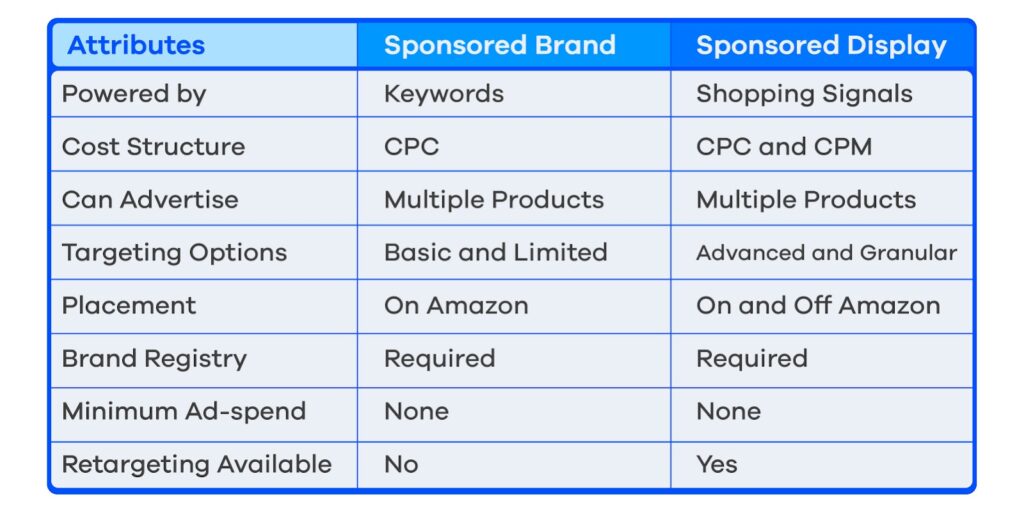
There are several ad formats available on Amazon-Sponsored Products, Sponsored Brands, and Sponsored Display. Each of these formats has its unique advantages and targets customers at different stages in their buying journey.
A company selling kitchen appliances tested various ad formats to identify what worked best for them:
- Sponsored Products: worked great for their well-known products, as it drove quick conversions.
- Sponsored Brands: were effective for launching new products and boosting brand visibility.
- Sponsored Display: helped retarget shoppers who viewed their products but did not purchase. Using a mix of these formats, they optimized their advertising strategy and maximized ROI.
It’s crucial to experiment with these different ad formats to understand what resonates most with your audience. This experimentation can help optimize your ad spend and ensure you’re reaching your target audience at the right stage in their purchasing journey.
6. Use Negative Keywords
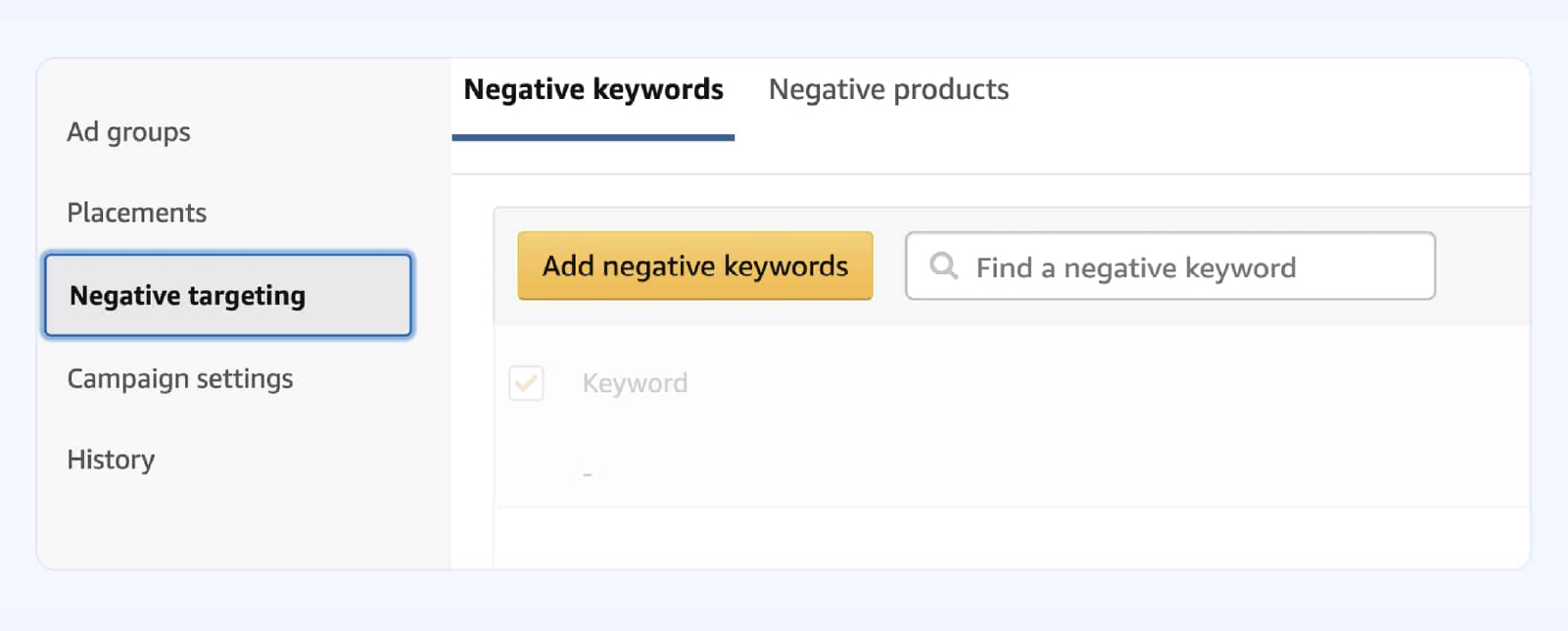
The use of negative keywords is a little-known but highly effective tool in your Amazon PPC strategy. By defining negative keywords, you prevent your ads from being displayed for certain search terms.
This feature allows your ads to reach a more relevant audience, saving your ad budget from being wasted on uninterested users. Additionally, using negative keywords can improve the overall performance of your ad campaign by enhancing the click-through rate (CTR) and conversion rate (CR).
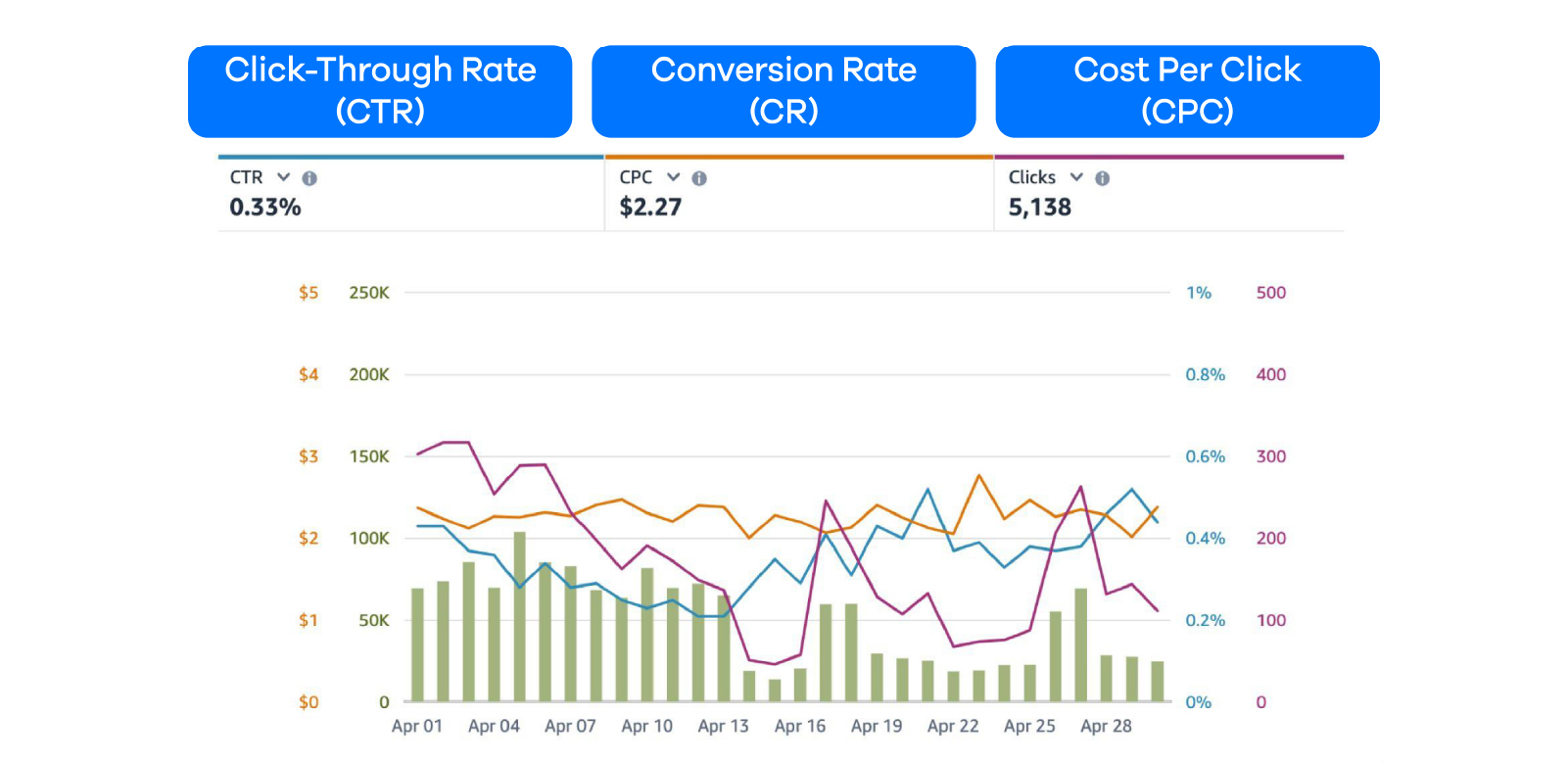
An online book store found that their ad for “mystery novels” was showing up for irrelevant searches like “mystery movies”. They added “movies” as a negative keyword. As a result, their ad no longer showed up for “mystery movies” searches, saving their ad budget from being wasted and improving the click-through and conversion rates.
7. Optimize Product Listings
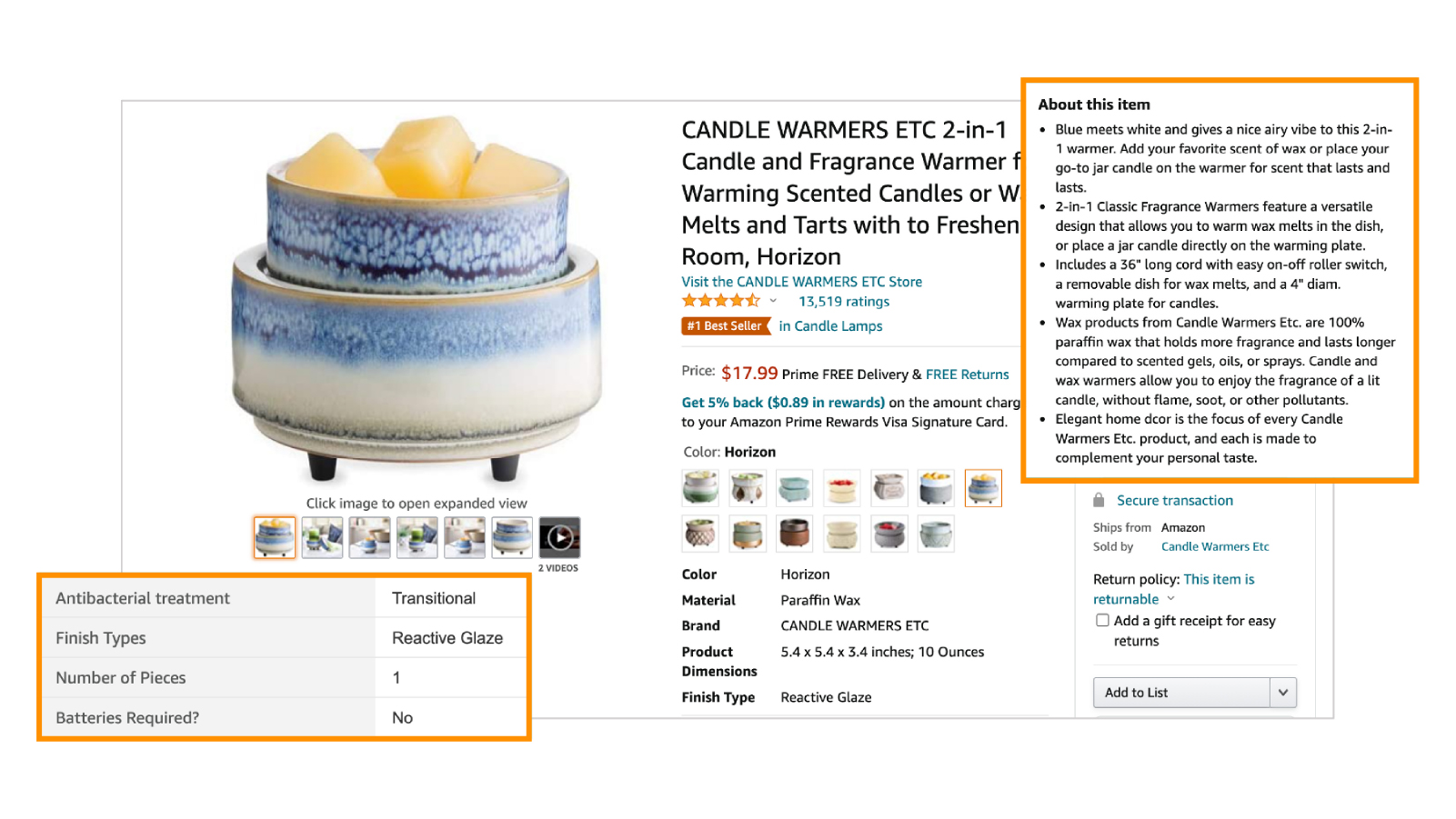
One of the foundational aspects of Amazon PPC optimization is the effective optimization of product listings. The titles, descriptions, and images need to be clear, compelling, and correctly portray your product’s benefits to potential customers.
Well-optimized product listings not only help with organic rankings but also improve the performance of your PPC campaigns. By effectively communicating the value proposition of your products through optimized listings, you can entice customers and drive more conversions.

A retailer selling artisan coffee noticed that their product was not performing well despite having quality product images. Upon reviewing their listings, they found that the product descriptions were vague. They rewrote the descriptions, highlighting the unique selling points of the coffee, such as its origin, roasting process, flavor notes, etc. This led to an increase in click-through rates and conversions.
8. Regularly Review and Adjust Your Bids
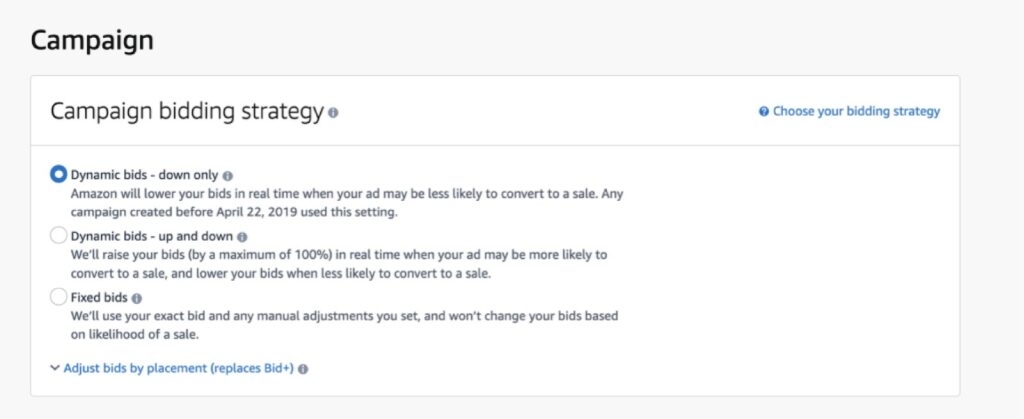
With Amazon’s ad auction system, advertisers who bid competitively are rewarded. It’s important to regularly review your bids and adjust them based on campaign performance to ensure your ads stay competitive and receive optimal visibility.
An automotive parts seller regularly reviewed their PPC campaigns and adjusted their bids based on performance. For high-performing keywords, they increased their bids to secure top ad positions. For keywords with low performance, they reduced their bids or paused the keywords, reallocating that budget to more profitable keywords. This active bid management strategy helped them stay competitive and improved their overall campaign performance.
9. Utilize Advanced Solutions
Embracing advanced solutions like Eva can dramatically enhance your Amazon advertising strategy. Eva provides advanced AI-driven tools that deliver valuable insights into your campaign performance and automate complex tasks, leading to an increase in your sales and a reduction in your ACoS.
Not only does this allow you to make more informed decisions, but it also saves you time that can be invested in other crucial aspects of your business.

Conclusion
The path to developing a successful Amazon advertising strategy involves constant learning, testing, and optimization. By implementing these nine in-depth tips and harnessing the power of advanced solutions like Eva, you can effectively reach more customers and give your Amazon sales a substantial boost.
Ready to eliminate the guesswork from Amazon advertising? Book a demo with Eva today and unlock the full potential of your Amazon campaigns.


